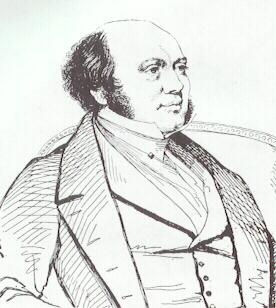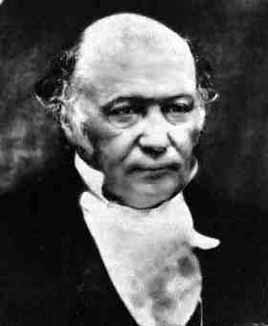

Physics Faces
William
Rowan Hamilton (1805-1865)
“The
celebrated equations that now bear his name were, for Hamilton, an adjunct of a
more fundamental interest in optics. Like Jacobi, Hamilton knew the formal
connection between point mechanics and geometrical optics for which Fermat’s
principle corresponds to the action principle for particles and light-ray
surfaces of constant phase (which Hamilton called his “characteristic
function”) are analogous to level surfaces of action. He solved a variety of
optical problems with the characteristic function including a prediction that a
light-ray incident on a biaxial crystal should emerge as a hollow cone. Its
demonstration two months later caused a sensation in the scientific community.
Hamilton’s use of the eccentricity invariant of the Kepler problem occurred in
relation to his application of the characteristic function to problems of
celestial mechanics. Hamilton’s other beautiful discovery was that of
quaternions, a four-dimensional generalization of the two-dimensional complex
variable. The algebra of these quantities is the same as that of
four-dimensional rotations, an amazing coincidence with the symmetry algebra of
Kepler motion of which Hamilton was not aware.”
From: The Shaggy Steed of Physics by David Oliver, Springer-Verlag, 1994.

